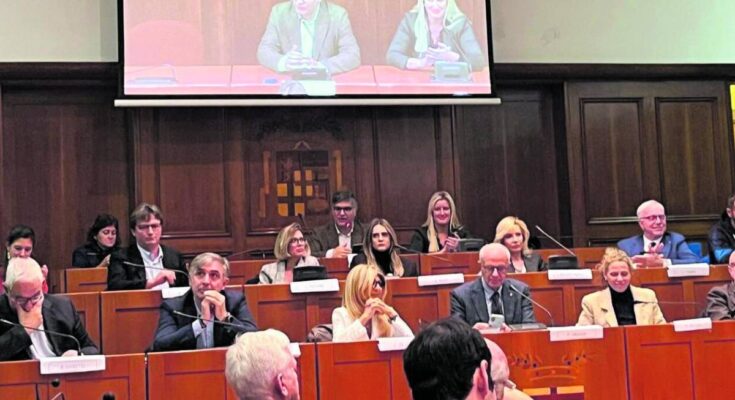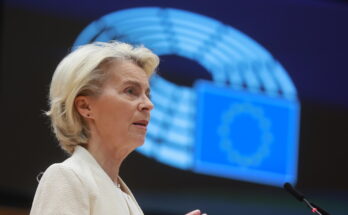Every euro invested in sport generates a social value of 3 euros. That is the summary of a roundtable organized by the Milan Metropolitan Observatory with the Cariplo Foundation at Palazzo Isimbardi, to investigate the economic and social impact of sport. A number of studies on the relationship between sport and value creation, signed by Bicocca University, say that investing in sport is worth it. “There is a high social multiplier and broad benefits”, explains Lavinia Pastore from the University of Milan, explaining that social inclusion is the first area to benefit from investments in the sports sector. In ’23 sport generated revenues of 120 billion, contributed to 3.5% of national GDP and guaranteed 420 thousand jobs. The social impact is not only visible in health and psychophysical well-being (“healthcare costs are rising rapidly”, says Federica Picchi, deputy regional sports minister), but also in the attractiveness of the region and the resulting urban regeneration. Additionally, “sport is recognized in the 2030 Agenda as a tool to improve living conditions”, said Veronica Crego, Uruguayan consul. However, even in the run-up to the Milan-Cortina Olympics, working for sport means waging a “war” for funding, compared to “important delegations such as Education, Welfare and Mobility”, notes city council member for Sport, Martina Riva. “We will soon have the biggest sporting event ever held in this city, it should also be a cultural event.” And if “we also look beyond the Olympics, to the Winter Youth Olympic Games 2028”, explains Marco Riva, regional president of CONI, we cannot remain silent about the fact that “a high level of facilities is necessary for the grassroots movement”. A concept that was ruled out by Filippo Grassia, vice president of the Metropolitan Observatory: “I make a request: the Municipality will gain 197 million from the sale of the San Siro stadium. That money must be reinvested in sport: we do not have an athletics track or an Olympic swimming pool, or an equestrian venue. Milan has no projects and I wonder what the Municipality wants to do”. The picture is composite: sustainable sports practices in the last five years in Lombardy have grown by 2.2% and if there are more than 13 thousand regional sports facilities (17% of the national total) the figure is worrying in relation to their age. More than one in three are from before 1974, in a Territory that has 19,364 sports clubs, 9.64% fewer than in ’19. However, membership increased (+6.75%, total 2.5 million), with an average of 130 athletes per club. Figures that do not take into account other realities, explained by the economist Lucia Visconti Parisio, from Bicocca: “Students who invest in studying often abandon sports activities.
The task of universities must be to keep them anchored”, also to promote the dual career concept explained by Claudio Alessandrini of the National Personnel Management Association: “This applies to studies and it also applies to work: healthy people make healthy companies”.


